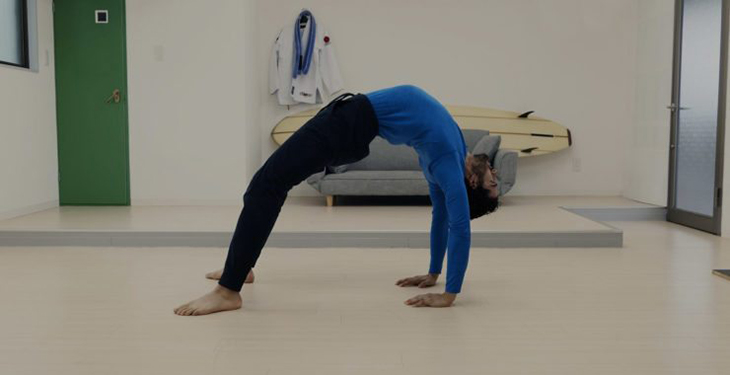Flexibility is a key element for achieving and maintaining athletic activity. It is also a significant element in maintaining health and the ability to pursue our passions during the senior years. Developing and maintaining physical flexibility helps reduce the risk of injury, maintain good balance, and improves range of motion.
The process of ageing is commonly accompanied by a reduction in the elasticity of our skin, muscle tone, and bone density. Preserving and improving our flexibility is possible, but achieving it requires a commitment of the mind and the body.
This progression toward physical inflexibility may be mirrored in the economic and financial life of seniors. Just as physical inflexibility exposes someone to the risk of injury and disease, the lack of financial flexibility can result in the deterioration of the retirement nest egg and the inability to pursue or achieve the dreams we built for this chapter of life. Health issues that alter our plans may be unavoidable, the loss of financial flexibility is not!
We must maintain flexibility in the expectations of investment returns. Markets change and values increase and decrease over time. According to a recent article in ThinkAdvisor, “Older investors tend to underperform the market,” because they become inflexible in their financial expectations. Most individuals are prone to assuming that the current direction of markets is where they are headed for a long time. For seniors, this inflexibility can become financially dangerous. For example, in March 2020 seniors were far more likely to pull their funds from stocks at the bottom of the market. When markets are rising, individuals tend to ignore risk when prices are rising and make purchases in the fear of losing out. “As a result, investors over 70 have an average stock return of 3% less than those in their 40s and 50s.” Maintaining flexibility in our expectations of financial return will help prevent this pitfall.
We must maintain flexibility in our monthly withdrawals from the retirement nest egg and our spending plans. There has been a widely accepted view for many decades that someone can withdraw 4% annually from their retirement fund, adjusted for inflation. Adopting may be sensible, but inflexibility in the plan can result in running out of money. A Monte Carlo projection of this withdrawal plan in February 2020 showed a 94% chance of this plan working with funds remaining past life expectancies. However, the same projection run in March 2020 resulted in a 64% chance of maintaining the withdrawal with funds lasting for life expectancies.
Just as a lack of physical flexibility exposes anyone to the risk of falling and injury, the lack of spending flexibility exposes anyone to the risk of running out of money! Maintaining our lifestyle over the senior years, being financially able to pursue our passions at 82 as well as at 66, means we must exercise our financial plans. If we are able to constrict our spending when necessary, we will be able to stretch to do more when the opportunity arises.
Here is to living financially free and pursuing their passions…in every stage of life.
